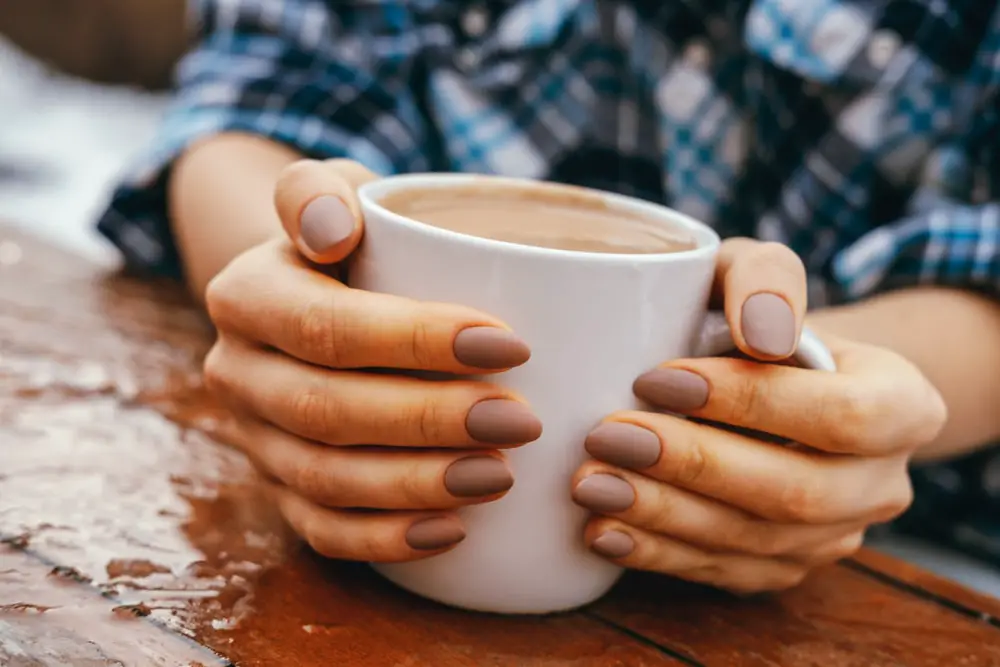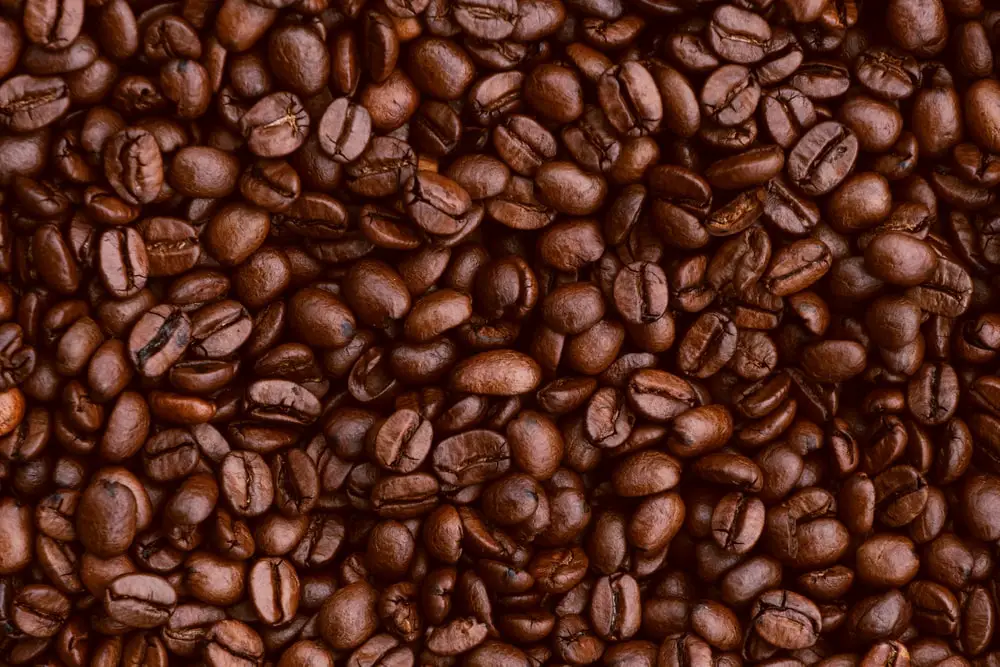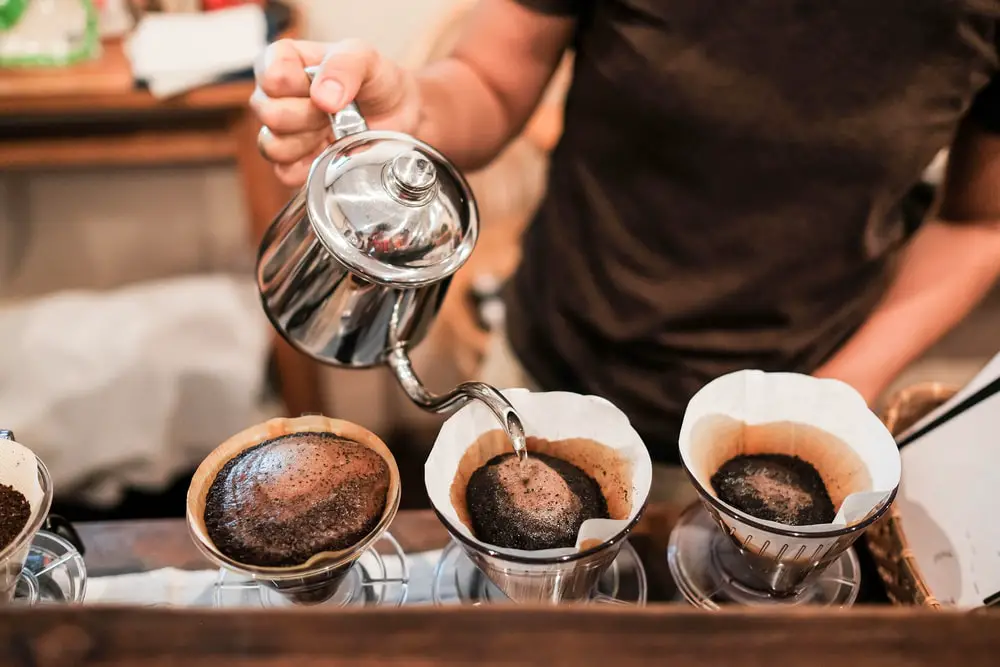If you buy coffee from well-known brands, you will never encounter strange incidents like drinking coffee that smells like cat pee. Making coffee is not an easy job, and as a result, ground coffee can have odd flavors. Why does coffee smell like cat pee? Let’s find out in the article below.
Why Does Coffee Smell Like Cat Pee? Reasons For Coffee Beans
For coffee, acid is the main factor that creates the aroma of coffee beans. Depending on the variety and care conditions, coffee beans will have different acids. Some primary acids of coffee: citric (scent of citrus), mild (green apple), acetic (smell of vinegar),. In addition, fat and protein also contribute to the smell of coffee. Fifty compounds in coffee make up the scent and different ratios and concentrations of blends, thereby creating the richness and diversity of fragrance for coffee.

Before roasting, in the form of beans, coffee has about 200 aroma compounds and increases to more than 800 odor compounds after roasting. Thanks to this characteristic, coffee can have a lot of different smells, maybe even fruity, burnt, rancid, and cat pee. In particular, the main reason coffee smells like cat pee can be caused by not fresh enough coffee beans, wrong coffee brewing temperature, wrongly roasted coffee, water, and coffee brewing equipment problems.
The Reason Is Wrong In The Method Of Brewing And Processing Coffee
Coffee Beans Are Not Fresh Enough
The quality of coffee beans has the most significant influence on each processing step and the final brewing of coffee. You can explain the consequences of the coffee’s flavor through processing the beans: When roasted and processed at high temperatures, coffee beans produce a lot of CO2 inside the grain texture. Gradually, there will come a time when this CO2 will leak and escape to the outside. The longer the CO2 escape time, the more “bland” the taste of coffee becomes. Therefore, you should pay attention to the batches of seeds that are not preserved well or left for too long without being touched. Most likely, the mixing results will not be as expected.

According to statistics, every 24 hours, exposure to normal air at room temperature will cause coffee beans to lose 10% of their inherent flavor due to CO2 loss. 10% sounds small but is an “alarming” level for fastidious coffee lovers! So, always remember that buying a lot of coffee beans to stock up is not good at all. Each time you shop, you should only take as many seeds as you need for up to the next two weeks. If possible, a 1-week cycle of use would be optimal to ensure coffee beans are always fresh when brewing. Also, when buying coffee beans, pay attention to the entire processing/roasting date on the box, rather than just the expiration date. The beans should be left for at least four days from preliminary roasting to give time to transform to create a more robust flavor.
Roast Coffee Beans In The Wrong Way
It is rarely the case with popular products on the market, but it often happens when you prepare and roast raw coffee beans yourself. Throughout the roasting process of coffee beans, you will need to follow strict and meticulous standards for temperature stability. Therefore, the environment, conditions, and preliminary processing tools will have to be right carefully if you do not want your coffee to waste.
Brewing Coffee At The Wrong Temperature
Typically, 96°C is the ideal temperature for brewing and preparing coffee. Why 96°C? Experts have determined that coffee should only be brewed at a temperature near boiling and must follow this rule through research.

If you accidentally touch the boiling point of 100°C or even higher, the precious essences that make up the inherent aroma of coffee beans will be immediately decomposed by the heat. Besides, if the temperature is not hot enough, your coffee will only taste half-baked compared to the original expectation.
Brewing Water And Coffee-Making Tools Are Not Clean
Do not forget that water is also an essential factor for brewing and preparation for coffee. Maybe the water from your faucet still tastes as pure as usual. But who knows if there are impurities that have not been fine, leading to unwanted reactions that affect the blend’s flavor.
Aromatic coffee beans, and clean water, but without careful care, all efforts will be in vain. If you have a habit of only washing utensils such as cups, containers, spoons, etc., after each coffee making, change your mind immediately. Any impurities left on the utensils when not thoroughly washed can significantly affect the coffee flavor the next time you brew.
What To Do When Coffee Smells Like Cat Pee?
Once the coffee has been in process, it is almost impossible to process it again. If the smell of the coffee is not satisfactory, you must throw it away and reprocess the coffee properly. If you do not have experience processing coffee, practice doing it in small quantities to avoid wasting too many raw coffee beans.
Here’s why coffee smells like cat pee. If you want to make your coffee at home, you need to learn the steps and techniques to process coffee to have the best taste properly. If you’re going to see more helpful information related to brewing or interesting information about coffee, please visit our website regularly to read more of our new and exciting articles.
